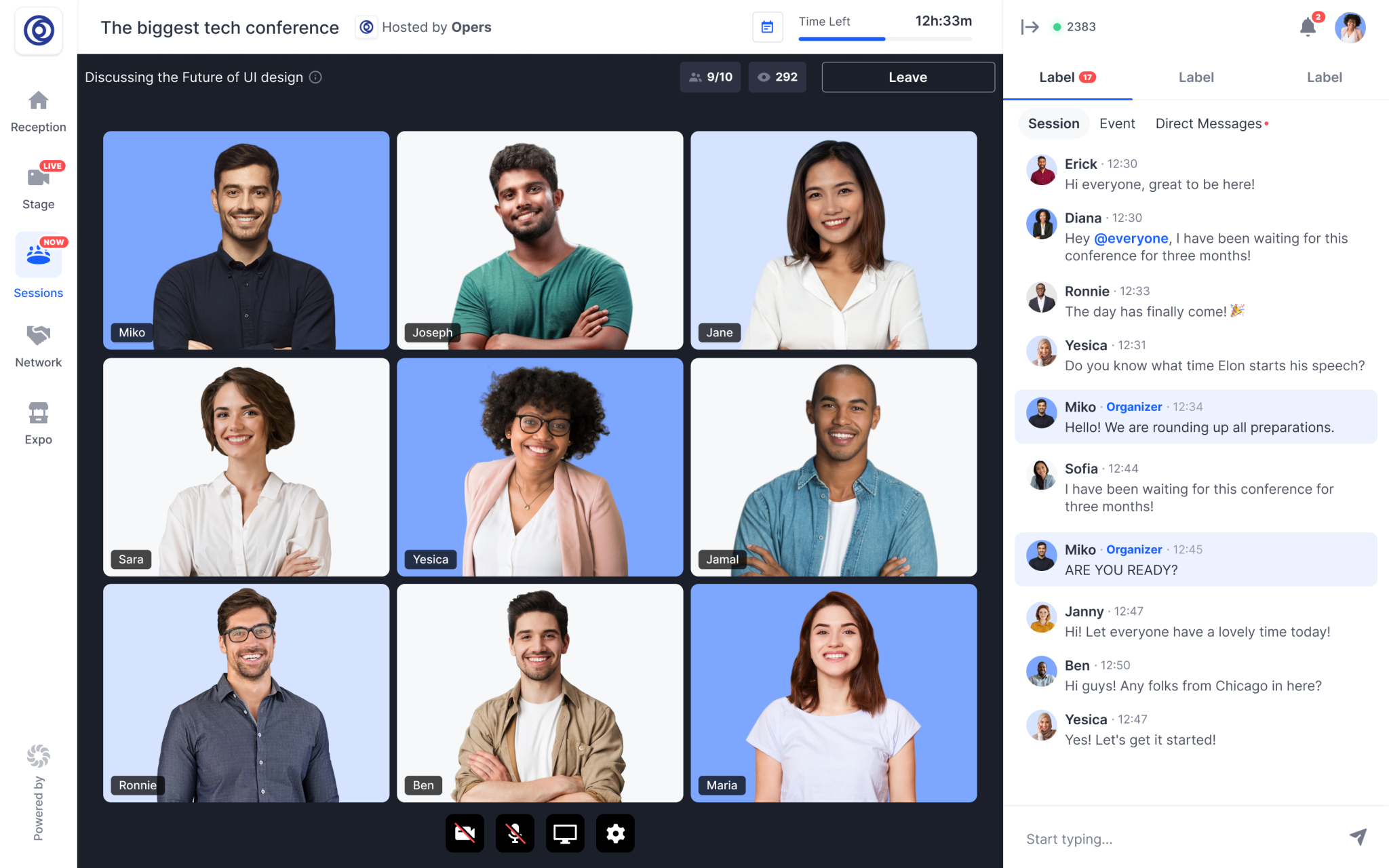Someone with errors in their CV, a weird email address, or who cites pole dancing as a hobby has less of a chance of landing a job in tech.
And that’s wrong.
Too often interviewers unconsciously favour candidates who conform to their idea of normal, which results in bad hires.
And hiring the wrong person for a role is not only frustrating for both parties, it’s expensive. A recent study found that replacing a bad hire costs an average of €15k.
I’ve been in recruitment for over eight years at European tech companies. During that time, I’ve helped hire an executive with pink hair and even a candidate who, instead of sending his CV, turned up at our office and asked to see me directly.
He was clearly too persistent and this isn’t to say everyone should do it, but he was technically brilliant and ended up getting the job. As such, I have learned never to judge candidates on first impressions. Below are five unconscious biases to be careful of when hiring.
Attractiveness bias
About 40% of recruiters rejected suitable candidates because of visible tattoos, according to a study conducted by LinkedIn, while 26% rejected candidates because of piercing and 21% didn't tolerate brightly coloured hair.
These appearance stereotypes are often outdated and don't reflect an individual's professional abilities.
I’m not saying that a candidate should show up to an online interview smoking e-cigarettes or wearing pyjamas: aligning with generally accepted professional standards helps in creating a positive first impression, and that is crucial in a competitive job market.
But make sure your impression of someone based on how they look doesn’t affect the recruitment process. Prepare a list of standard questions and criteria that you need to evaluate, and stick to it.
Contrast effect bias
When I can't find the right person for a job for months, I feel like I'm letting the team down.
We desperately need a new employee to balance the workload and meet deadlines, or the CEO and investors are pushing because it might be impossible to launch a new product or enter a new market without a new candidate’s expertise.
Under such pressure, the recruiter or hiring manager could unconsciously compare candidates, instead of evaluating them fairly. This is called the “contrast effect”.
For instance, the previous candidate was more shy in conversation and the recruiter had to ask more questions to get to know them. In contrast, the next candidate is a talkative extrovert who markets themself skillfully. The recruiter could favour the second one because of their outgoing personality and communication skills, without sufficiently testing the expertise.
To overcome the contrast effect, it’s a good idea to introduce an additional bar-raiser interview and let non-interested employees from other teams also evaluate the candidate. A senior manager, for example, can interview a potential financial analyst and see if they have the skills from the job description and fit the company’s culture.
CV bias
A well-crafted CV doesn’t mean its holder is a better developer: they just know how to create a good-looking resume. A person can make typos and poor design choices and still be an excellent specialist.
I’ve reviewed more than 5,000 CVs and sometimes they are so badly structured that it still takes me a while to find the necessary information on skills. But if I see that a candidate's experience matches what the company is looking for, I turn a blind eye to mistakes. And it pays off.
Another thing that’s perceived as a red flag in a CV is when a person frequently changes jobs; or when a person hasn’t worked for more than six months at one place.
Frequent job changes might be seen as a sign of instability, lack of loyalty, or inability to make a long-term commitment. A candidate who hasn't worked for more than six months might be perceived as having outdated skills, especially in fast-changing industries.
I suggest considering those candidates anyway and determining the reasons for the long work break. Some were let go during mass layoffs and others had to switch jobs because of a war.
But these people still have great skills.
If a candidate has a long gap between jobs, ask why they took a break. Maybe they were burned out and needed time to recover. Find out how the candidate kept their skills sharp during this time, because if a programmer hasn't been coding for months, their skills might have slipped.
As an additional note: don't overvalue CVs. Half of all candidates admit to exaggerating on a resume. Focus on the skills, experience and projects the candidate mentions. If it aligns with the job requirements, the candidate deserves an interview.
Social media bias
What if I am an amateur pole dancer and post a picture on Instagram? My friends will love it. But will my potential employer love it?
The majority of employers check social media when screening candidates. And since online profiles are personal, there’s huge room for bias: weird hobbies, seemingly radical political views, sexy photos, or parenting a small child.
A report by recruitment services company Zippia says 54% of recruiters stop considering candidates after they look at their Facebook, LinkedIn, or Instagram posts.
When scanning through social media accounts, employers should keep their focus on the essentials — job-relevant criteria. It can be course certificates, accomplishments, or conference attendance, but don't get sidetracked by a repost of a funny video or a photo with a newborn.
Similar-to-me bias
So-called professional candidates who have been to many interviews know what recruiters want to hear.
During interviews with such candidates, recruiters are amazed at how much they are on the same page: they share the same interests, values and attitudes toward life.
From my experience, position time-to-fill with these candidates is much lower — about 26 days instead of the average of 35 — and time-to-hire is even faster.
This quick pace can result in unaccepted offers and a high turnover rate. Given the future consequences, a too-fast hiring process should alarm you.
A few years ago, I interviewed a candidate who said exactly what we wanted to hear about his approach to work, application of agile practices and working with the team. He was so well-liked by me, the team and the founders that we didn't delve deeper into his soft and hard skills, and offered him a job right away.
It turned out that the newcomer was toxic and had a complete lack of professionalism.
Since then, I've become suspicious of candidates who are too prepared for questions and are too good at selling themselves.
To avoid getting hooked like me back then, involve more people in the selection process. Let employees with different backgrounds, interests and personalities conduct the interviews. And make sure you discuss the actual tasks and responsibilities of the job.
To keep things fair, evaluate candidates based on the scorecard prepared before, and provide test tasks to determine all necessary skills, attitudes and cultural fit. It would also be beneficial to contact at least one candidate’s former supervisor, to get honest feedback about their competencies.



